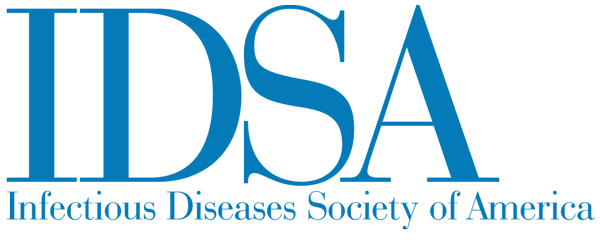In a decade of global health advances, Science Speaks coverage finds movement toward equity
Facebook Twitter LinkedIn EmailThis year marks the close of a dynamic decade in global infectious disease research and responses that changed expectations of what humanity can accomplish toward making the world a healthier, safer and more just home for everyone who shares it. From its launch in 2009, Science Speaks has covered some of the most consequential steps in that journey . . .
The final days of 2019 find us in a familiar reckoning of tallying up advances and obstacles, strides and setbacks. It is hard to measure progress when every step forward is accompanied by stagnation and often one or two steps back. But the long view offers room for optimism, and this year offers a view of the decade just past, in which science enabled expanded ambitions and expectations that have made measurable change. Science Speaks marks a decade since its launch this year too, and it has followed that path, in its incremental progress and its leaps forward.
Launched in February 2009, with support from a Bill & Melinda Gates Foundation grant to amplify IDSA and HIVMA voices in guiding global health policy and practice, Science Speaks marked the last month of that first year with posts noting that policies on prostitution and sterile syringe programs would hinder critical global infectious disease responses. The aims and end point of the global HIV response were still matters for debate. And while science added pragmatic support to the moral obligation of universal antiretroviral treatment access, that life-saving advance still received short shrift. And in a lasting pattern, institutionalized discrimination and neglect erected barricades between people and progress. But science gathered force as it continued its march forward. The next year a test for tuberculosis that could detect drug resistance and deliver results in two hours -- potentially toppling the barrier of time that stood between patients and diagnosis in remote and resource-strapped places was released and approved. The year after that began with the start of guidelines for the pre-exposure preventive use of antiretroviral treatment -- PrEP. A few months later came the release of HPTN 052 findings labeled later by Science magazine as the scientific breakthrough of the year -- that treating HIV prevents transmission of the virus. This in turn led in 2012 to new World Health Organization guidelines -- and to this day, Science Speaks' most widely read post, for treatment among "sero-discordant couples" -- couples of mixed HIV status. That year too, the U.S. Food and Drug Administration recommended the approval of an antiretroviral drug to be used as PrEP. And, at that year's end, the FDA also had approved the first new drug to treat tuberculosis in nearly half a century. Science Speaks was there the next year when the U.S. President's Emergency Plan for AIDS Relief was reauthorized -- for the first time unanimously. We were there that year when the Supreme Court struck down the "anti-prostitution oath" that kept support from community-based organizations. We were there when the U.S. Office of the Global AIDS Coordinator launched new procedures to include civil society in its planning. The years that followed saw the release of findings from the START trial, that immediate treatment for all people with HIV is importantly beneficial, marking the beginning of the end of treatment rationing. They saw additional confirmation from HPTN 052 that treatment is prevention. They saw the launch of ambitious 90-90-90 targets to control HIV and end its impacts as a global health threat, and the acceptance finally that U=U -- that an undetectable virus is untransmittable. All of this took us in a direction from which there is no justifiable going back, even as the year just passed followed a familiar, frustrating, promising pattern. In 2019, we've seen Ebola vaccine and treatment research that was reinvigorated during the 2014-to-2016 West Africa epidemic realizing its promise and saving lives during the ongoing spread of the virus in Democratic Republic of Congo. At the same time we saw the continuing epidemic in the midst of a war zone go unrecognized as a public health emergency of international concern for nearly a year, even as neighboring countries grappling with multiple health and humanitarian crises began vaccinating health workers. We've seen continued strides in HIV science lead to promising avenues of cure research, to steps forward in long-acting treatment, and to a federal initiative to use testing, treatment, PrEP, and improved surveillance and response capacities to effectively end HIV as an American epidemic in the next 10 years. At the same time we saw the plan go unfunded through the first month of the fiscal year, before Congress settled the annual cliffhanger of a spending bill for the next year just a week shy of deadline. And we've seen that more than 20 years after antiretroviral treatment began to save lives and prevent HIV transmissions, the impacts of inequitable access to it continue to fuel the epidemic in this country. We've seen a Me Too movement highlight the rights of women for justice, while research and responses surrounding questions about the antiretroviral dolutegravir, the long-acting contraceptive DPM and the newly approved oral PrEP Descovy kept promising advances out of the reach of the young women and girls who needed them most. We've seen added restrictions to the Global Gag Rule and the institution of a domestic gag rule circumvent women's access to the most basic public health services. We've seen the promise of new TB treatments realized, while malnutrition remains a major driver of the disease. We've seen the need for continued efforts to bolster global health security recognized in the spending bill for the next fiscal year, while principles of public health and hygiene are flouted in U.S. immigrant detention facilities. We've seen much to be discouraged by, as well as much to be inspired by in 2019. But the years since 2009 when Science Speaks started charting setbacks and hurdles to global health equity have also showed us that while the arcs of science and social justice are long and far from straight, they bend, unyielding, toward global health equity.


